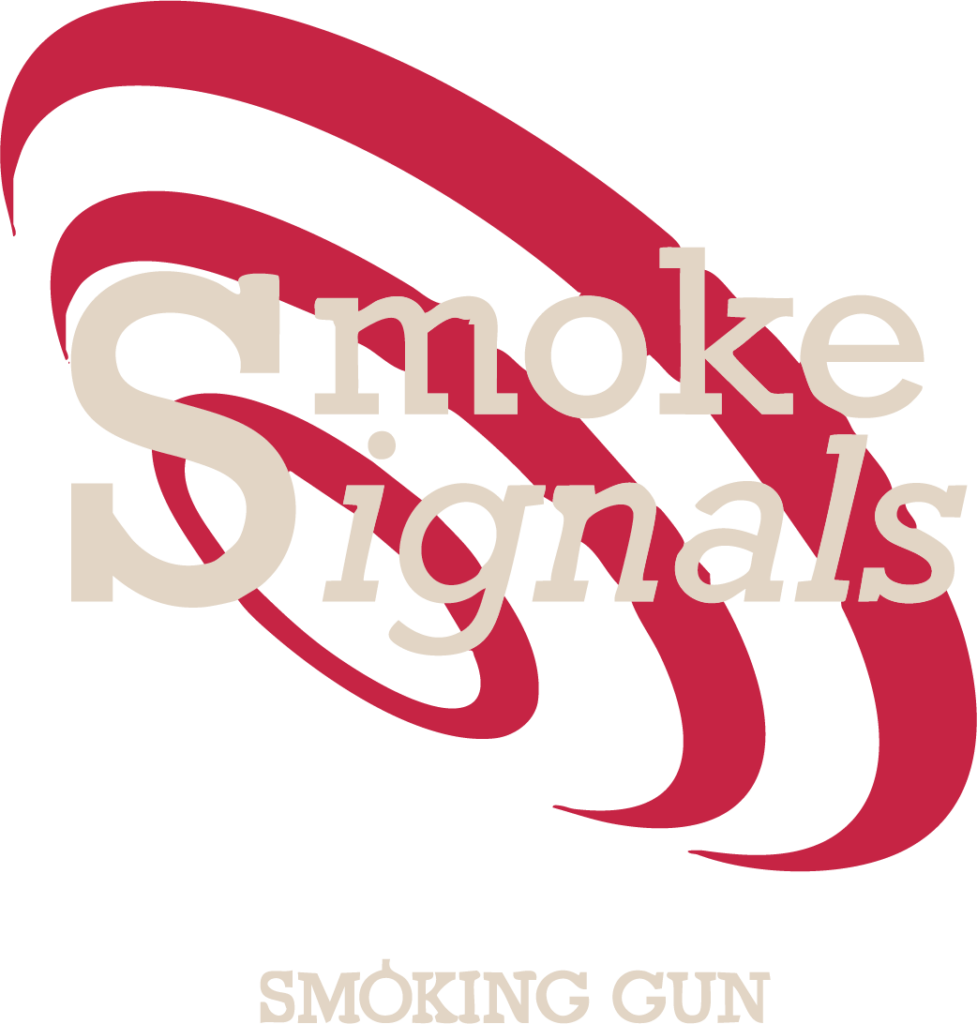
Last night in London the red carpet was rolled out to welcome the likes of Carrie Fisher and Carrie Fisher’s bulldog for the UK premiere of what may or may not prove to be the biggest cinematic release in the history of mankind, galaxies far away and close to home, and cinematic releases. But we don’t really want to talk about that.
With tickets pre-booked for the IMAX on Sunday night, our minds have very much been awakening to the prospect of a new chapter in the Star Wars saga. But, as we haven’t seen it yet, anything we were to write would either be speculative or based entirely on the original trilogy (A New Hope, The Empire Strikes Back, and Return of the Jedi), because we’ve watched them all this week in preparation for the latest instalment. We would have delved into the second three (The Phantom Menace, Attack of the Clones, and Revenge of the Sith), but let’s face it, they aren’t actually very good.
Alas, we digress. The real purpose of this particular blog is to focus on headlines and copywriting in general. The importance of choosing the right words, at the right time, if you will. The headline above is a case in point. Smacking of wagon-jumping, given the press is dominated by The Force Awakens today, and has been for much of the week (along with less pressing matters like EU negotiations, the Syrian civil war, terrorism and the environment), our headline was chosen simply to tie in with something contemporaneous- or current.
There are two sides to this coin, though. In one camp, some might crack a smile, and consider it relatively funny. Flip it, and you’re likely to find the least amused face possible, already sick to death of people desperately trying to get involved with an event that- in the grand scheme of things- doesn’t really matter that much, and has already been saturated to the point of overflowing with strange brand tie ins, from satsumas to Cheese Strings.

That’s precisely the point. Every time we write anything, whether it’s a tagline, press release, blog post or speech, we hope to attract an engaged audience, but also risk alienating others for the same reasons the engaged audience became engaged. Consider the way the press works. The public is increasingly critical of editorial for its perceived agenda, and yet the public also has an agenda. What that is depends on political standpoint, and the media ensures those standpoints are represented through tone and angle. Those on the left, for example, are likely to steer clear of Daily Mail articles. Those on the right may well find The Guardian equally problematic.
Sadly, when it comes to copywriting, it’s impossible to form such clear allegiances. Ultimately we are writing to sell, rather than writing to inform and promote dialogue. That salesmanship may well be disguised in some way, but the core rationale is that copy for business should promote the business- either as an organisation full of experts in the respective field, or simply by conveying why a product or service is the best of its kind available.
Over the last decade or so, though, how this is achieved has changed dramatically. Although advertising is still a high value game offering significant returns to those investing, the public has become more in tune with information rather than catchy sloganism (not a word, admittedly, but just go with it). They want to feel as though there’s a two way street- boosted brand awareness in exchange for something interesting. See our piece on native advertising for a more in depth analysis of what we’re alluding to.
Ultimately, then, the point can be best summarised as follows- good copy, irrespective of whether it’s for editorial or marketing purposes- is all about retaining attention, and as people have shorter attention spans, the demand for something genuinely attention-grabbing is increased. For example penning a headline alluding to a major cinematic release, supported by a lead image of the most famous light sabre battle ever. Or so some might say…
Our Awards
Why stop at global stardom and incredible sales? When our clients work with us, they get the silverware to boot. We’re not into tooting our own horns, but the awards we’ve won with our clients are too good to miss…









